Like the rest of the world, countries in the Middle East are facing an ever-growing number of healthcare challenges, from managing an ageing population to tackling mental health and inequity in access to healthcare and medicine to the rise of infectious diseases. We spoke with Simon Hill, CEO of innovation scale-up, Wazoku, to learn the best ways of approaching open innovation.
Finding solutions to such challenges has become a priority for governments, citizens and healthcare firms alike. However, traditional approaches are no longer effective and Middle Eastern healthcare and pharma are set for a new wave of open innovation.
There’s no doubt about it – we are currently facing a global healthcare crisis, and the Middle East is no exception. People are living longer than ever, there is a growing mental health crisis, a shortage of healthcare professionals – exacerbated when healthcare workers leave the Middle East to work elsewhere – and infectious diseases are on the rise.
The Middle East is a highly diverse part of the world, with differing healthcare needs, priorities and resources across different countries. The UAE and KSA have made significant investments in healthcare systems and infrastructure, which has seen advances in facilities, services and expertise. Yet other countries have been unable to follow suit.
But despite these differences, many of the challenges are common across the region. That’s why there is a shift underway in how organisations are approaching finding solutions to these challenges.
Pandemic-based changes
This shift has been underway for a while but accelerated during the pandemic. This was one of the greatest ever threats to global health and finding a vaccine in time to minimise the worst effects of COVID-19 couldn’t have happened if individuals and organisations worked in silos.
We saw this first-hand when our client, the Swiss biopharmaceutical organisation Debiopharm, used our Open Innovation Crowd when it sought to find a single-dose version of a COVID-19 vaccine. It awarded two solutions that paved the way for single-dose COVID-19 vaccinations that came to market less than half a year after the first two-dose vaccines.
The pandemic showed pharmaceutical firms that collaboration and a platform to discuss and solve problems while exploring new opportunities can be hugely effective. It also opened their eyes to the fact that not all the cleverest people in the world work for them, and the potential of open innovation to find new opportunities and different ways of addressing old challenges.
Open innovation
Open innovation refers to the practice of seeking ideas from outside an organisation, effectively creating a long tail of innovation by accessing a global crowd of experts to solve various challenges. It has proved highly effective in many industries, including healthcare, pharmaceuticals and life sciences.
Businesses that have embraced an open innovation crowd have found they can tap into an infinitely powerful resource – customers, partners, experts, consultants, designers and more, all over the world. This way of innovating limits risk, speeds up progress and delivers lasting outcomes. Recent challenges at Wazoku include looking at innovative packaging for last mile medical supply delivery and finding ways of working to betters engage healthcare professionals, but these are just the tip of the iceberg.
Open innovation can play a truly significant role in shaping the future of healthcare and services across the Middle East. Here are just some of the areas in which it can improve:
Access to advanced technologies – Open innovation encourages crucial collaboration between healthcare organisations, research institutions and technology companies. This can lead to quicker adoption of cutting-edge medical technologies and treatments in the Middle East.
Data sharing and research – This can facilitate the sharing of healthcare data and research findings in different Middle Eastern countries. This can lead to a better understanding of regional health challenges, the development of tailored interventions, and the advancement of medical science.
Telemedicine and remote Healthcare – Open innovation can drive the development of telemedicine solutions, making it easier for people in remote or underserved areas of the Middle East to access healthcare services and consultations.
Healthcare delivery models – Collaborative efforts can lead to the creation of innovative healthcare delivery models that are more efficient and cost-effective, which is crucial for providing healthcare to a growing and aging population.
Preventive care and public health – These are some of the most important current healthcare initiatives. They include the development of mobile apps, wearable devices, and digital platforms that promote healthier lifestyles and early disease detection, preventing more serious issues in the future.
Healthcare education – Collaborative efforts can enhance healthcare education and training, ensuring that healthcare professionals in the Middle East have access to the latest knowledge and skills from peers around the world.
Startups and entrepreneurship – There is already a strong culture of Middle Eastern healthcare startups, with remote medical consultation platform Altibbi and health insurance digital service Bayzat, two of the most notable. But open innovation can foster this culture further, which can lead to the creation of more innovative healthcare solutions and services tailored to regional needs.
Patient Engagement – Open innovation can empower patients to actively participate in their healthcare decisions through the development of patient-centric tools and platforms.
Cross-Border collaboration – The Middle East consists of various countries with unique healthcare challenges. Open innovation can facilitate cross-border collaboration, enabling the sharing of best practices and resources.
There’s no silver bullet for solving healthcare challenges. But one thing is clear. The status quo, the tried and tested ways of approaching such issues, are no longer enough. Open innovation and the combined brain power of a crowd are essential components for success in meeting modern healthcare requirements, in the Middle East and the wider world.


